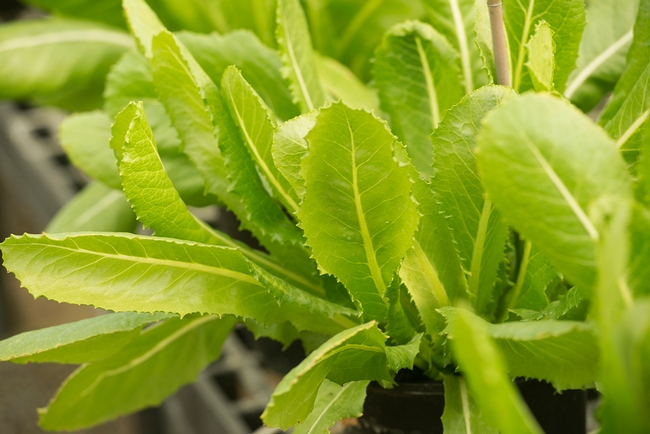
The researchers are located at UC Davis; UC Agriculture and Natural Resources Research and Extension Centers; USDA research facilities in Salinas and Beltsville; California State Polytechnic University, Pomona; and the University of Arizona, Tucson.
The UC Davis-led team aims to leverage new technologies to sustain the lettuce supply, despite the challenges posed by climate change.
“We will be exploiting genomic technology to address the needs in all areas up and down the lettuce production chain,” said project leader Richard Michelmore, a plant geneticist and director of the UC Davis Genome Center.
The team's five-year renewable grant, announced recently by USDA's Specialty Crop Research Initiative funding program, was made available through the 2014 Farm Bill.
Research will range from identifying genes that are key to developing important stress-resistance traits in lettuce to fine-tuning imaging technologies that will allow growers to remotely assess the status of their crops in the field. Although grounded in plant genetics and genomics, the project also will delve into a variety of fields that are vital for ensuring sustainable production of lettuce and related leafy greens. Collaborating team members run the gamut in terms of expertise, including plant genetics and breeding, food technology, and agricultural economics.
One of the project's strengths, Michelmore said, is its longstanding collaborative relationship with large and small plant-breeding companies as well as with the California Leafy Greens Research Board, which represents growers of lettuce, spinach and other related crops.
USDA's Specialty Crop Research Initiative, which provided the project's new grant, this year awarded $50 million in grants nationwide for projects ranging from plant genetics research to new product innovation and development of new methods for responding to food safety hazards.